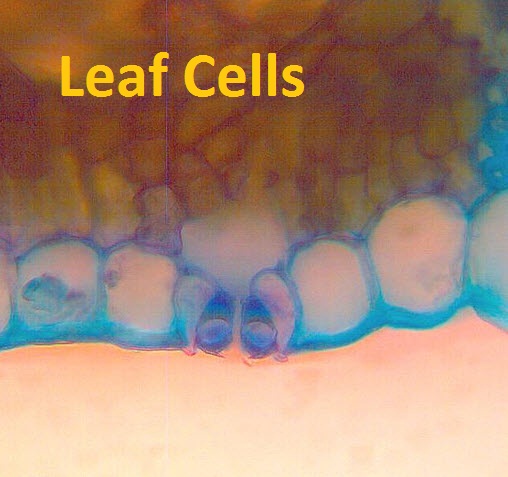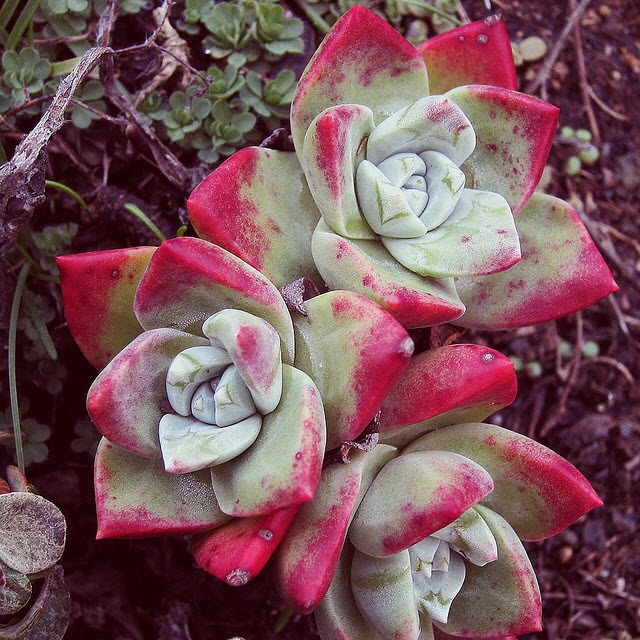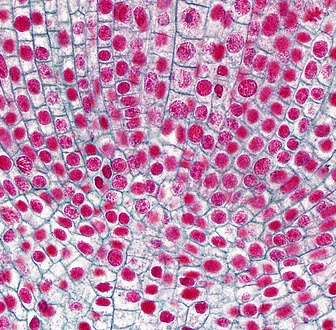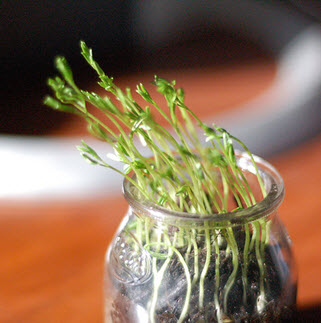Topic 9 - Plants HL - revision list
This pages gives outline details of the content of the topic together with essential questions and student skills and applications. Helpful for revision.
9.1 Transport in xylem 
Leaf stomata & transpiration
- Leaves are adapted to absorb carbon dioxide from the air
- therefore transpiration can also occur in leaves and water is lost to the air.
Essential Questions
- In what ways is a leaf like human lungs?
- From which cells of the leaf does water evaporate in transpiration?
- Why do leaves need stomata, and why do guard cells sometimes close the stomata?
Vascular tissues
- The structure of primary xylem vessels.
- Xylem vessels transport water from roots to leaves to replace water lost in transpiration.
Essential Questions
- What specialized structures do the cells of xylem vessels have to help transport of water (by mass flow)?
- What cells do xylem vessels connect to in the root and the leaf?
Transport in xylem 
- The cohesive and adhesive properties of water molecules allow water transport under tension in xylem and cell walls.
- The roots cells use active transport for the uptake of mineral ions (nitrates) which causes osmosis and the absorption of water.
- Xerophytic plants in deserts have adaptations for water conservation.
Essential Questions
- Why is cohesion and adhesion of water molecules important for the transport of water in tubes?
- What factors can speed up osmosis?
- What is the role of active transport in osmosis in the roots?
Adaptations of xerophytes
- Xerophytic plants in deserts have adaptations for water conservation.
Essential Questions 
- Describe five modifications that a plant could do to its roots leaves and stems which would help it live in a dry place.
- Explain how salty water in the soil will slow down the uptake of water by plant roots.
Skill
- Ability to draw the structure of primary xylem vessels in stems from microscope slides.
- Recognition of structure and function of xylem. (essential idea)
- Use potometers to measure transpiration rates
- Design an experiment to test hypotheses about the effects of abiotic factors on transpiration rates.
9.2 Transport in phloem
Phloem and translocation 
- Plants transport organic compounds (like sugars) from sources (leaves) to sinks (flowers, roots).
- Transport occurs along hydrostatic pressure gradients.
- Active transport causes high concentrations of solutes in the phloem sieve tubes at the source.
- This leads to water uptake by osmosis and raised hydrostatic pressure
- The result is that the phloem sieve tube contents flow away from the source.
Essential Questions
- If water travels from roots to leaves how can plants move sugars in the opposite direction?
- Which part of plant cells stops them from bursting even under high 'hydrostatic' pressure?
- Why do root hair cells and phloem cells in the leaves both use active transport?
- What does phloem seive tube look like?
- How can osmosis be used to create a flow of contents in phloem seive tubes
Skills
- Identification of xylem and phloem in microscope images of stem and root.
- Ability to compare structure and function of phloem sieve tubes.
- Analysis of data from experiments measuring phloem transport rates using aphid stylets and radioactively-labelled carbon dioxide.
9.3 Growth in plants
Meristems and growth 
- Plant meristems are undifferentiated cells which allow indeterminate growth (ie: plants continue to grow when adult.)
- Mitosis and cell division in the shoot apex provide cells needed for the stem to get longer and for the development of leaves.
Essential Questions
- What is the role of cell division in plant meristems?
- Where are plant meristems found?
Hormonal control of shoot growth 
- Plant hormones (ie: auxin) control growth in the shoot apex.
- Auxin efflux pumps can create auxin concentration gradients
- Plant shoots respond to the environment by tropisms.
- Concentration gradients of auxin in plant tissue influence the rate of cell growth by changing the pattern of gene expression.
Essential Questions
- Cells divide in meristems then elongate. Which process can be controlled by auxins?
- How do plants control their growth?
- How are plants sensitive to the environment, ie: to light and gravity mainly?
- Without a circulatory system how to plants transport hormones to target cells?
Skills
- Micropropagation of plants using tissue from the shoot apex grown on nutrient agar gels in the presence of growth hormones can be used for rapid production of new varieties, of virus-free strains of existing varieties and for propagation of orchids and other rare species.
9.4 Reproduction in plants
- Flowering involves a change in gene expression in the shoot apex which is a response to the length of light and dark periods in many plants
- Outline details of the processes of pollination, fertilization and seed dispersal which are needed for success in plant reproduction.
- Most flowering plants use mutualistic relationships with pollinators in sexual
reproduction. - Methods used to induce short-day plants to flower out of season such as chrysanthemums, use long uninterrupted nights rather than short days.
Essential Question(s)
- What causes a plant to begin flowering?
- What are the essential part of sexual reproduction in flowering plants which lead to a new adult plant?
- How important are mutualistic pollinators to plants?
- How can we make plants flower out of season?
Skills - can you ....
- Draw internal structure of seeds.
- Draw half-views of animal-pollinated flowers.
- Design of experiments to test hypotheses about factors affecting germination.

 IB Docs (2) Team
IB Docs (2) Team
